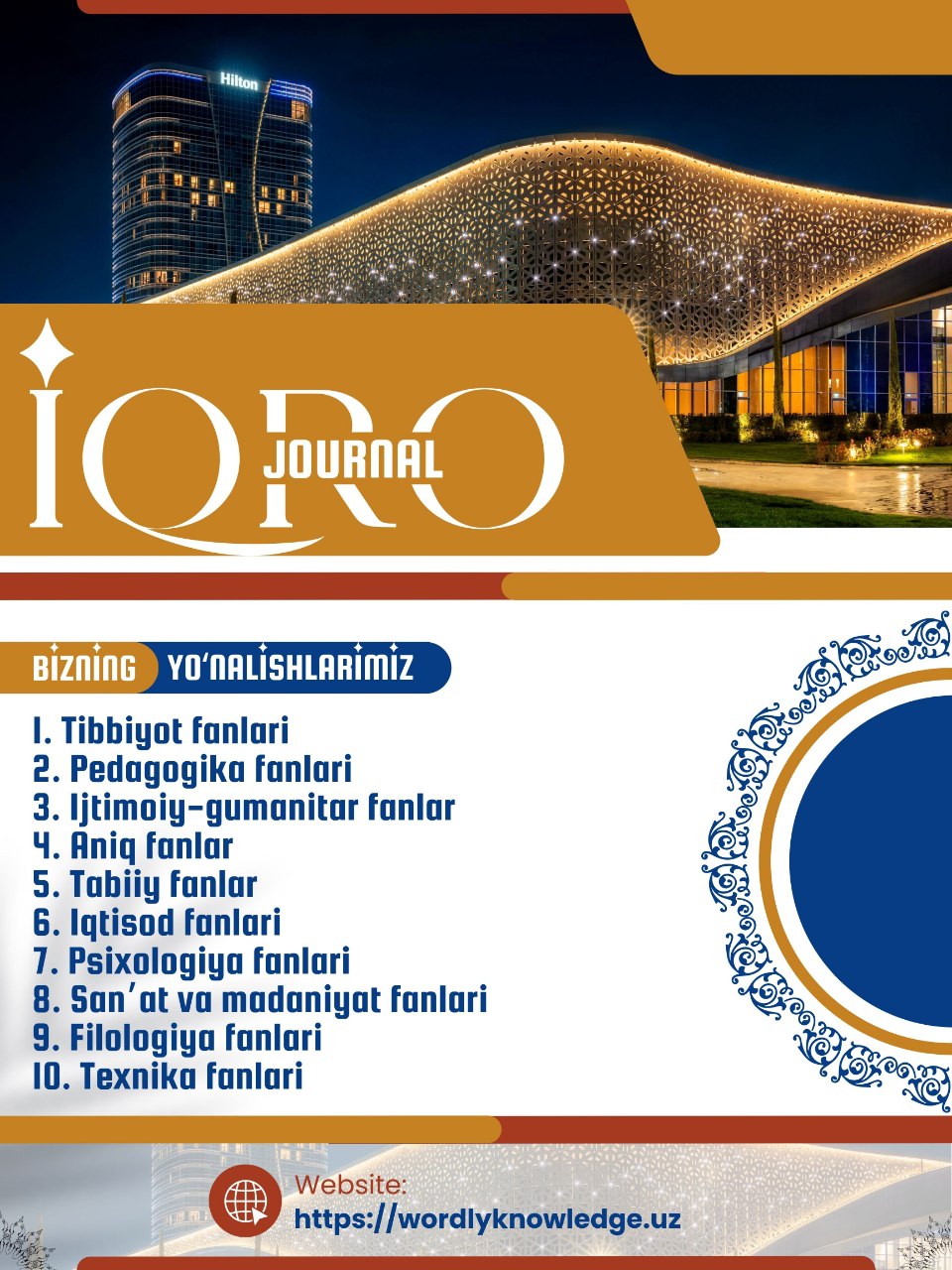CHALLENGES AND BENEFITS OF IMPLEMENTING COMMUNICATIVE LANGUAGE TEACHING IN EFL CLASSROOMS
Keywords:
task-based learning, student-centered approach, teacher training, classroom management, cultural adaptation, fluency, grammatical accuracy, motivation, language acquisition, teaching methods, interactive learning, group discussions, teacher challenges.Abstract
Communicative Language Teaching (CLT) has become a dominant approach in English as a Foreign Language (EFL) classrooms due to its emphasis on real-world communication and learner-centered activities. This article explores the benefits and challenges associated with implementing CLT in EFL settings. The benefits of CLT include enhanced communicative competence, increased student motivation, and the development of critical thinking and collaboration skills. CLT fosters an engaging and dynamic learning environment by prioritizing communication over traditional grammar-focused instruction. However, its implementation also presents significant challenges, such as the need for adequate teacher training, difficulties in managing large or heterogeneous classrooms, cultural resistance to student-centered learning, and the tension between fluency and grammatical accuracy. This article analyzes relevant literature and empirical studies to highlight these issues and proposes strategies to overcome them, such as professional development for teachers, adapting CLT to local contexts, and incorporating a balanced focus on both fluency and accuracy. Ultimately, the article emphasizes the importance of addressing these challenges to fully realize the potential of CLT in EFL classrooms.
References
1.Alseweed, M. (2014). Cultural barriers to the implementation of communicative language teaching in Saudi Arabian secondary schools. International Journal of English Language Teaching, 2(6), 45-59.
2.Brown, H. D. (2001). Teaching by principles: An interactive approach to language pedagogy. Longman.
3.Carless, D. (2007). The suitability of task-based language teaching for secondary schools: Perspectives from Hong Kong. System, 35(4), 595-606. https://doi.org/10.1016/j.system.2007.01.003
4.Ellis, R. (2003). Task-based language learning and teaching. Oxford University Press.
5.Littlewood, W. (2004). The task-based approach: Some questions and suggestions. ELT Journal, 58(4), 319-327. https://doi.org/10.1093/elt/58.4.319
6.Murdoch, G. (2007). Task-based learning in the language classroom. English Teaching Professional, 55, 8-12.
7.Nunan, D. (1991). Language teaching methodology: A textbook for teachers. Prentice Hall.
8.Richards, J. C., & Rodgers, T. S. (2001). Approaches and methods in language teaching (2nd ed.). Cambridge University Press.
9.Spada, N., & Lightbown, P. M. (2008). Form-focused instruction: Isolated or integrated? TESOL Quarterly, 42(2), 181-207. https://doi.org/10.1002/j.1545-7249.2008.tb00106.x
10.Zhang, Y. (2009). Task-based language teaching: A critical evaluation. Asian EFL Journal, 11(2), 6-17.














